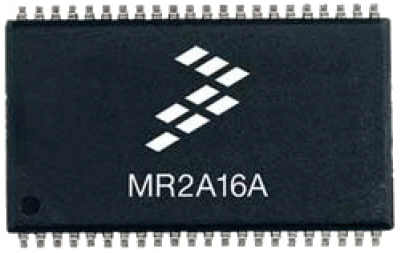Singulus gets a new, follow-up order for MRAM production machine
Singulus has received a follow-up contract for a TIMARIS system. The customer that had placed an order with Singulus Technologies for a TIMARIS system for Thin Film Read/Write Heads on December 28, 2005, has now ordered an additional machine, the analyst reports. Including the two orders from the completed second quarter, a total of five sets of TIMARIS machines are scheduled for delivery, the analyst says.
The new order indicates that customers are very happy with the quality of the equipment, the analyst says. Apart from the production of MRAM memory components, the TIMARIS machines may be used in the segment of harddisks, the analyst mentions


